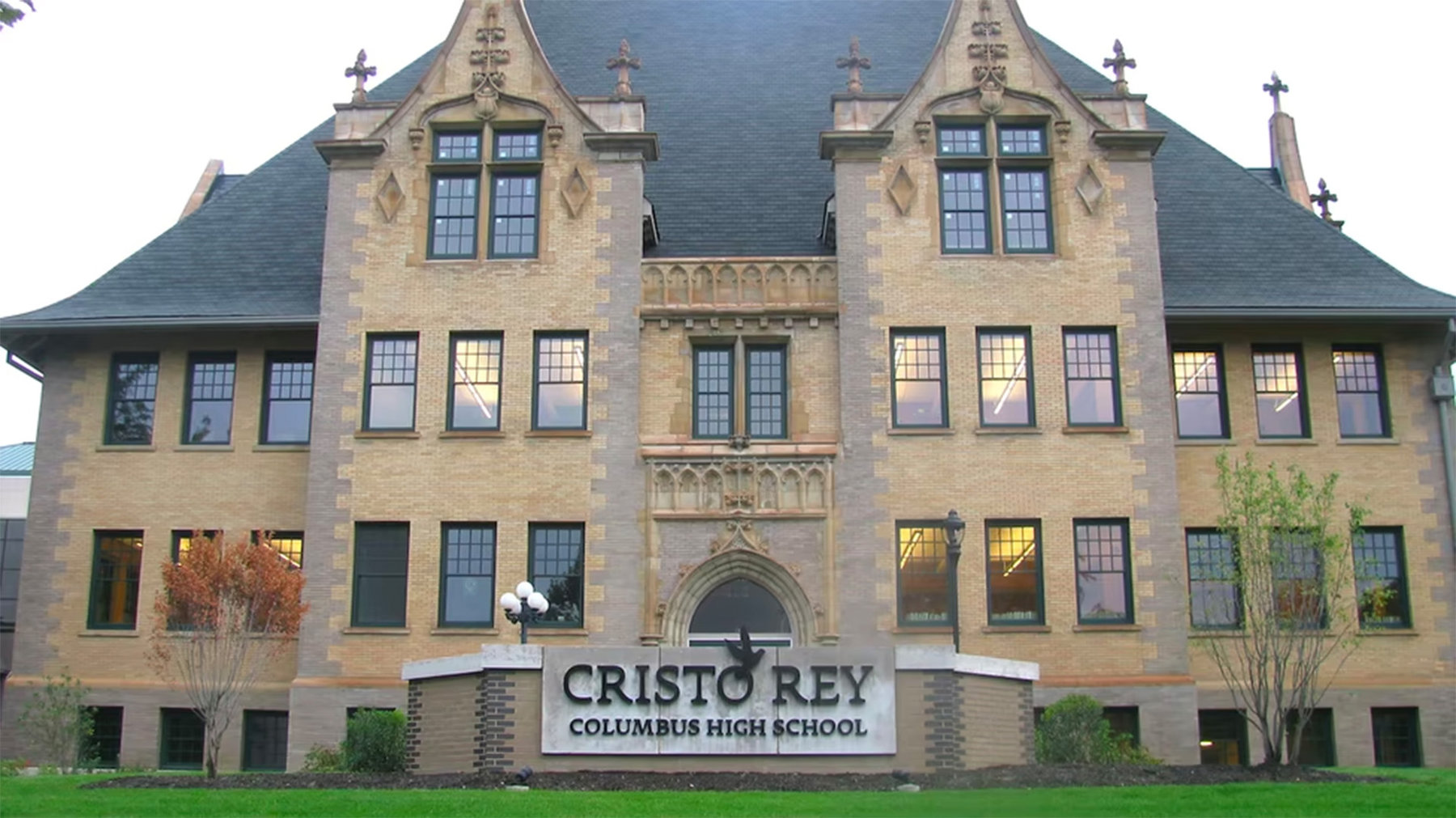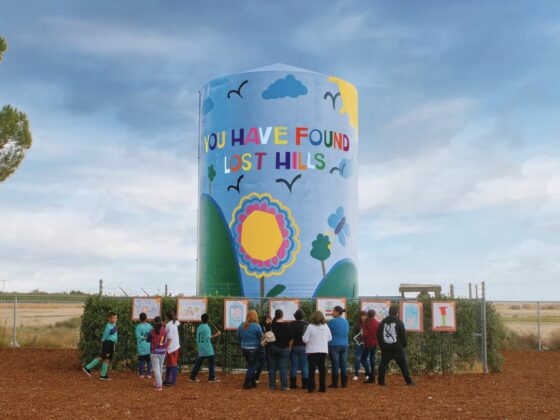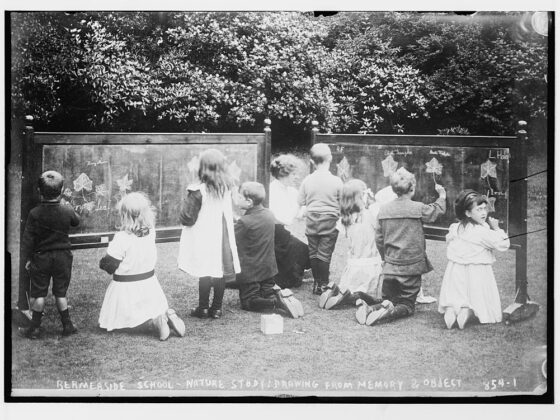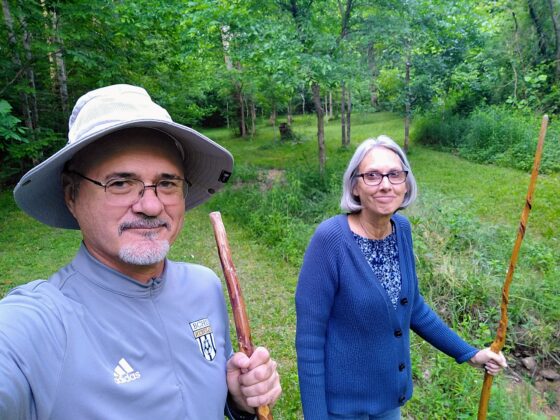We’re on the road again, right now in the not-exactly-small city of Pittsburgh. Here we’re asking about some of its celebrated successes in downtown revitalization, technology-hub development, and other indicators of civic health, and the lessons they may offer for other parts of the country. More on that anon.
For now, I direct your attention to two new reports from Columbus, Ohio. One, by Deb Fallows, is on the unusual approach that the Cristo Rey religious schools are taking for students from poor backgrounds. The other, by John Tierney, is about how the often-empty buzzword of “collaboration” has real effects for a variety of startup businesses.
Through the accumulation of reports like these, we’re hoping to convey one of the major effects that these months of travel have had on us, in both intellectual and emotional terms. That is simply to emphasize how much more activity that is diverse, creative, and fast-adapting is underway all across the country than you would ever infer from our normal political and national-media discussion.
Obviously there are general trends and connections. Downtowns that are reviving themselves are learning from one another. So too with the “maker movement” or dispersed manufacturing, and many other trends. But the variety, the creativity, the local texture—of a math-and-science school in Mississippi, a refugee-resettlement center in South Dakota (or Vermont), a convict-hiring program in Michigan, a tidal-energy vision in Maine—these reflect something more than just the quaint regionalisms of the country or the crude red state/blue state division.
Both in politics and the media, we often discuss the country as a whole if it is mainly the object of big trends—global, technological, political, informational, cultural. America in the passive mode. These two latest reports illustrate the active-mode country we keep encountering.




